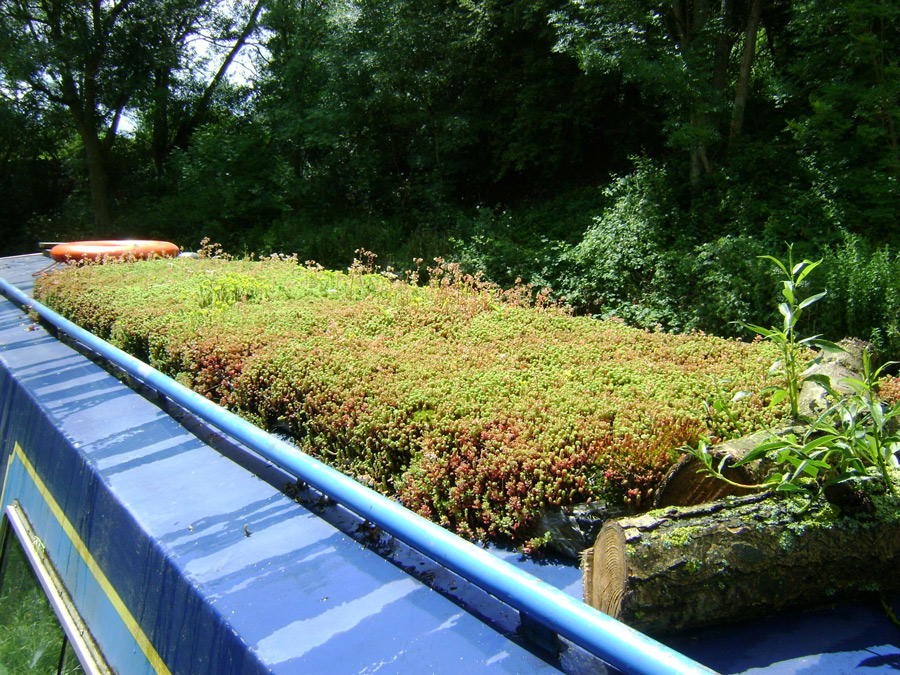Landscaping often involves a mixture of different garden surfaces. Arbour Landscape Solutions Lt...
Filter by:
This is the section of our website where you’ll find everything you need to build beautiful ...
Filter by:
Every outdoor space has three dimensions. Arbour Landscape Solutions offers an extensive range of ...
Filter by:
Introducing our comprehensive range of soft landscaping surfaces for industry professionals. Every...
Filter by:
This is where you’ll find everything you need to build the garden structures specified on yo...
Filter by:
At Arbour Landscape Solutions we know how important drainage is to the success of any landscaping ...
Filter by:
Holding it all together is our range of top quality screws and fixings. Take a good look at the pr...
Filter by:
Lightweight Concrete
Filter by:
We've compiled a comprehensive catalogue of landscaping Tools and Equipment for you to buy or ...
Filter by:
Pots can enhance a garden or commercial landscape hugely, improving a sense of arrival for any sch...
Filter by:
Arbour Landscape Solutions are proud to present this range of stunningly beautiful planters in all...
Filter by:
High-quality light fittings designed and manufactured in the UK. Stylish, durable and with a 10 ye...
Filter by:
Pots can enhance a garden or commercial landscape hugely, improving a sense of arrival for any sch...
Filter by:
Arbour Landscape Solutions are proud to present this range of stunningly beautiful planters in all...
Filter by:
High-quality light fittings designed and manufactured in the UK. Stylish, durable and with a 10 ye...
Filter by:
 TRADE & SELF BUILDERS MULTI-USER ACCOUNTS MULTI USERS
TRADE & SELF BUILDERS MULTI-USER ACCOUNTS MULTI USERS FREE DELIVERY ON ALL YARD STOCK FREE DELIVERY DELIVERIES
FREE DELIVERY ON ALL YARD STOCK FREE DELIVERY DELIVERIES INSTANT ONLINE QUOTES FREE QUOTE BUILDER UPLOAD MY LISTS
INSTANT ONLINE QUOTES FREE QUOTE BUILDER UPLOAD MY LISTSA living green roof brings a whole host of benefits to any landscaping or construction project. Just as long as it is properly built. In this article, we’re looking at green roof construction and how to build a sustainable living roof.
A holistic approach to green roof construction.
A living roof is like a marriage between engineering and ecology. The plants need to suit the building (right plant, right place!) and the building needs to suit the plants. And I don’t just mean visually!

Think of a green roof as a giant planter – which is what it is. It must have decent drainage, be able to keep growing medium and roots where they belong, retain enough water to sustain growth AND have good access for maintenance. At the same time, the building or structure your roof is sitting on, needs to be able to accommodate the weight of the green roof buildup as well as cope with live loading. Ie snow, wind, and maintenance people.
So when you are designing a living green roof there are a whole raft of considerations

As ever, if you have any questions at all about green roof construction, please don’t hesitate to get in touch. I have two ladies on my team who have a lot of experience with green roofing and will be more than happy to help…..although I can’t quite see @Ladylawn heaving rolls of sedum onto a roof. She’s more likely to be enjoying the view whilst shouting encouragement from the ground.
Would you like to remove the items in your basket and replace them with this order or keep all items in the basket?
